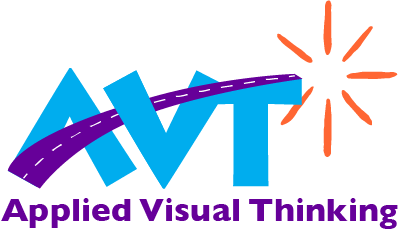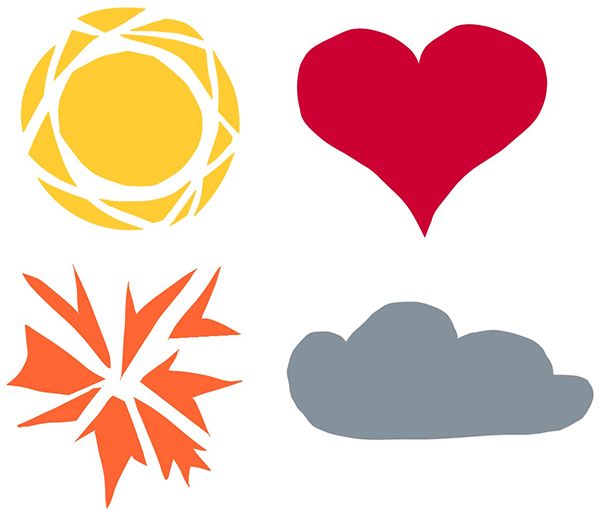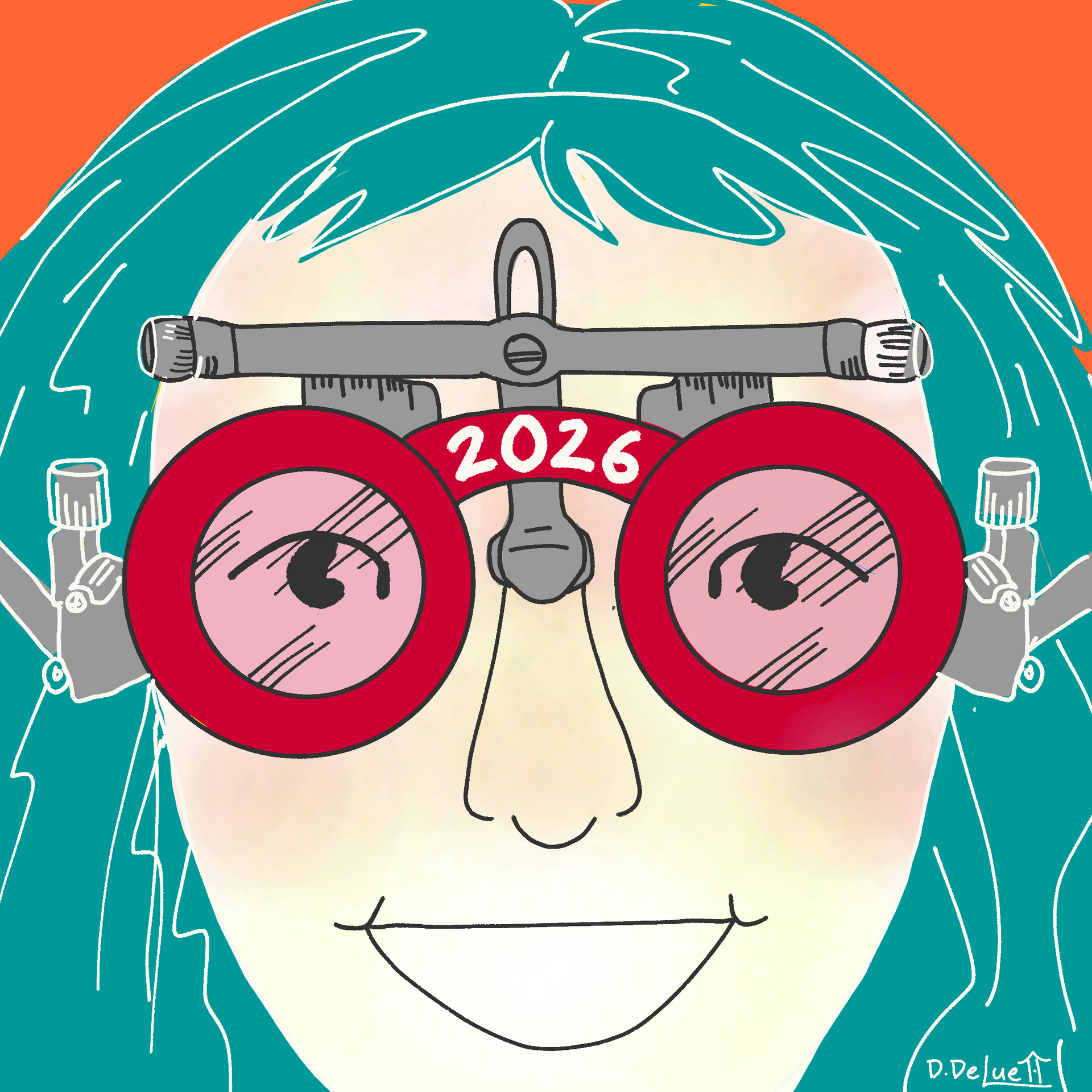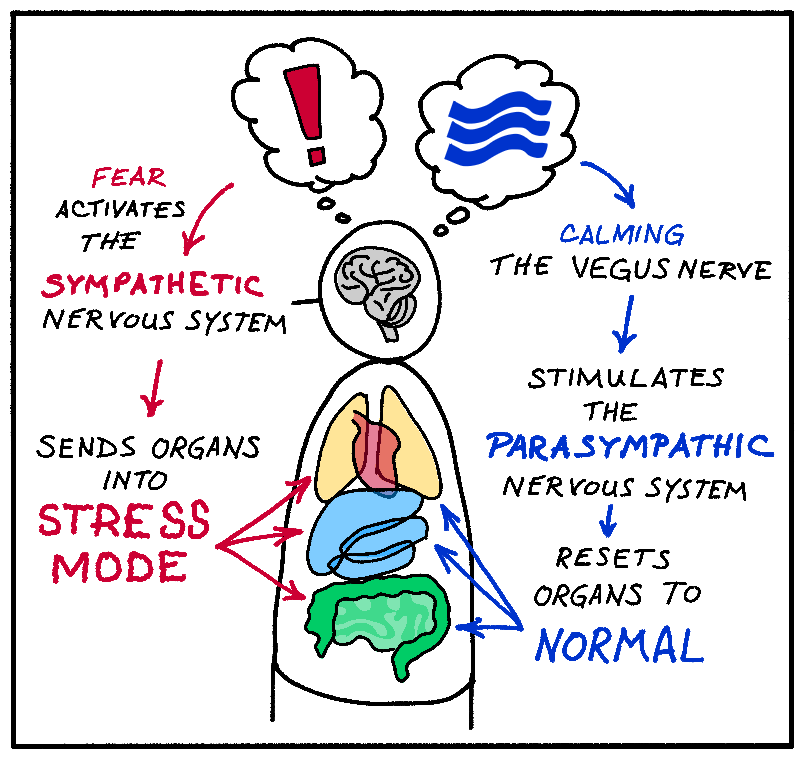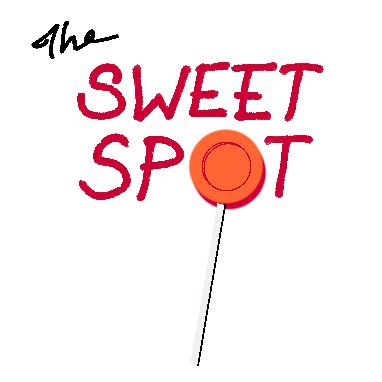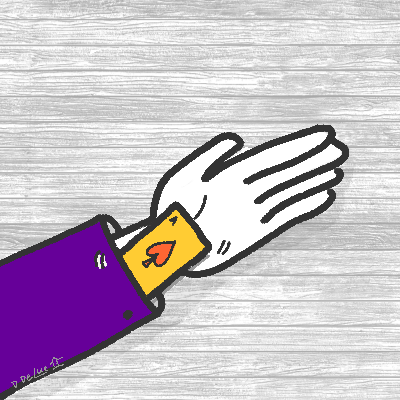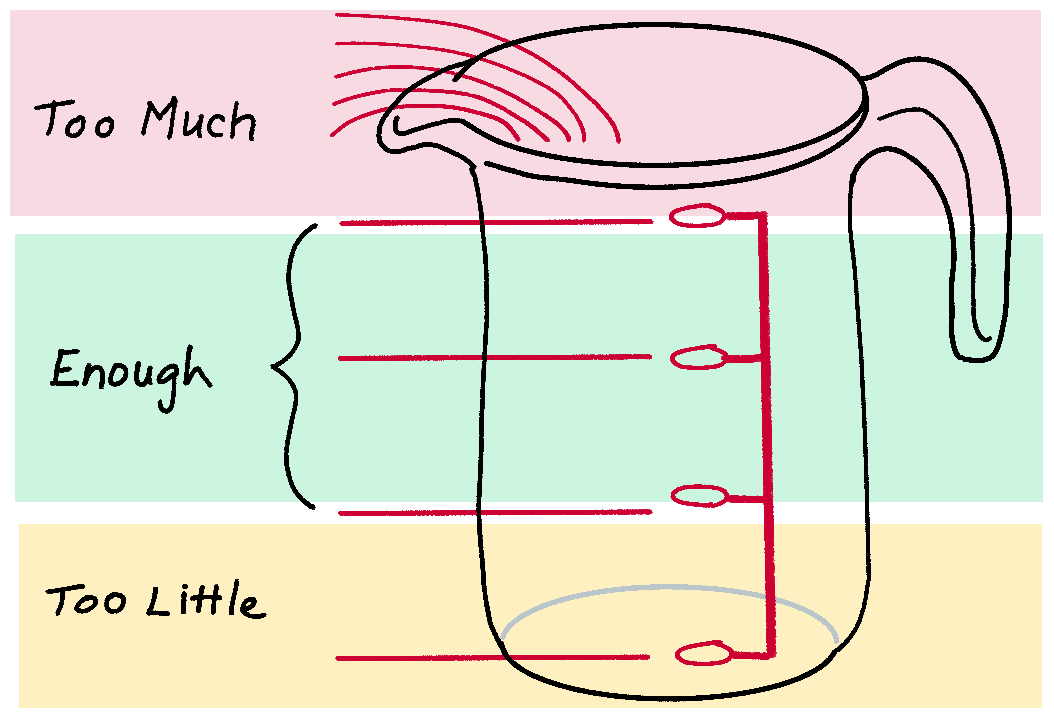Untangling Conflicting Emotions Through Visual Thinking
The Art of Applied Visual Thinking
Emotions can feel big, scary and difficult. The language, norms and interpretations around emotions vary widely across personal, societal and cultural contexts. Giving emotions attention, however, is extremely important.
At AVT, we believe that emotions are important enough to spend two newsletter cycles on them. Why? The leadership research shows that emotional intelligence goes hand in hand with effective change, team management and performance. We know these are things that matter.
We also believe that building your emotional intelligence can be fast, fun, and incredibly useful, and that using visuals is key to unlocking the easy button.
In the last newsletter, we explored a few ways to visualize your emotions. Turning your emotions into shapes, drawings, icons or metaphors lets you look at them from a distance. This can make it easier to acknowledge that unpleasant emotions are present for you like fear, anger or sadness, but not let them drive the bus.
The "Inside Out" movies (Docter and Del Carmen, 2015) illustrate beautifully and comically what can happen if we give in and surrender decision-making to whichever emotion feels strongest in the moment. Spoiler alert – it gets ugly before it gets better.
Sometimes developing emotional intelligence means sorting through what appear to be conflicting emotions. The good news is, you don't need to spend years unpacking where all the emotions came from. You don't even need to know how to accurately name them to get started.
Just start drawing, and go from there.
Here's an example.
I was in conversation with a group of leaders the other day when a common theme came up. Each of us wrestled with feeling a desire to be held in close connection, but also a need to let go. For some, this was in the work context, others in primary or parent-child relationships. These feelings seemed contradictory and challenging.
As I sketched my way through the conversation, my notes took the form of two people hugging, then two people standing father apart but still engaged with each other.
Looking at the drawings helped me recognize — these people could be me and my teenage son, who may be inching closer to the day when he will leave the nest for future life adventures.
In the group conversation, the theme of holding close versus letting go took on stronger emotions like intense love pushing against anger and resentment.
My drawing turned to icons and symbols of the gamut of emotions that emerged.


Now you try.
3 Steps to Visualize Conflicting Emotions
Before you start, get quiet for a moment. It’s hard to hear your own car when your mind is on a noisy emotional freeway. Try closing your eyes and counting to ten.
1. Represent Each Emotion Separately
Give each emotion its own visual identity. You might choose a color, shape, or pattern to represent how each emotion feels. You might start with words if those come first. Capture as many as emerge.
Examples:
- Hopeful could be a glowing yellow circle.
- Doubtful might look like a gray cloud.
- Love may be a simple heart shape.
- Anger could be a series of sharp zigzag shapes.
Place shapes on your page quickly, leaving space between them. Don’t overthink it—just let your intuition guide you.
2. Name the Conflicting Emotions
Start by identifying any contradictory emotions you’re feeling. This can be tricky when they seem to blend together. Try asking yourself:
- “What feels good or positive about this moment?”
- “What feels heavy or negative?”
For example, you might realize you feel hopeful about an opportunity but also doubtful about your ability to succeed.
3. Explore How They Interact
Now, focus on the relationship between the two emotions:
- Are they clashing, overlapping, or sitting far apart?
- Does one feel bigger, heavier, or more dominant?
- Is there a way to connect them?
Draw lines, patterns, or other elements to explore their interaction. For instance, you might find that your hopeful circle shines light on the edges of your doubtful cloud, softening its harshness.
Visual Thinking as a Tool for Clarity
Conflicting emotions don’t have to battle for control. Often, they coexist for a reason—they’re telling you something important. By
visualizing these emotions, you can explore their nuances, understand their roles, and discover how to move forward.
Closing Thought: Emotional Intelligence for Leadership
Leadership requires the skills and experience to grasp the big picture within your industry, discernment to know where to focus your attention, and the emotional intelligence to navigate the known and unknown challenges you and others experience.
Visuals unlock the EASY / USEFUL button on your emotional power source.
References:
Brown, C. (2014). The effects of emotional intelligence (EI) and leadership style on sales performance. Economic Insights – Trends and Challenges, 3(66), 1-14. http://upg-bulletin-se.ro/old_site/archive/2014-3/1.Brown.pdf
Prati, L. M., Douglas, C., Ferris, G. R., Ammeter, A. P., & Buckley, M. R. (2003). Emotional intelligence, leadership effectiveness, and team outcomes. The International Journal of Organizational Analysis, 11(1), 21–40. https://doi.org/10.1108/eb028961
https://psycnet.apa.org/record/2003-99566-002
Goldman, D. (2013). The focused leader - how effective executives direct their own–and their organizations' attention. Harvard Business Review, December. https://hbr.org/2013/12/the-focused-leader
